The End of "Following"
The New Era of Influencer Engagement
Anton Viborniy
Every day, influencers check their engagement stats and get disappointed by the reach. It happens to all of us. You start thinking the problem is with your content, or maybe you're shadowbanned, or Instagram just doesn't like you anymore.
But it's not that.
We’ve just entered a new era of social media networks.
In this essay, I want to think about what the future holds for influencers and content creators.
This will be a long article with some deep thoughts, and I hope you’ll enjoy it!
But it's not that.
We’ve just entered a new era of social media networks.
In this essay, I want to think about what the future holds for influencers and content creators.
This will be a long article with some deep thoughts, and I hope you’ll enjoy it!
Digitalization of Magazines (1989-2004)
To predict the future, you need to learn from the past.
That’s why we should take a look at the history of social media.
Before the internet era, people could only consume TV, radio, newspapers, and magazines.
Every magazine had its own “bloggers”—they were called columnists. Carrie Bradshaw from Sex and the City is the most striking example of an influencer of that time.
That’s why we should take a look at the history of social media.
Before the internet era, people could only consume TV, radio, newspapers, and magazines.
Every magazine had its own “bloggers”—they were called columnists. Carrie Bradshaw from Sex and the City is the most striking example of an influencer of that time.
She could create viral content, but she didn’t own her distribution channels. To run your own newspaper, you had to find customers who would pay for subscriptions, brands who would pay for ads, and the money to print thousands of copies. Not to mention, finding authors.
It was a nightmare for content creators, which is why people like Carrie just worked for magazines.
In the mid-90s, the internet started to penetrate our lives, and people began to consume text content online. Video wasn’t an option back then because the internet was so slow. Even photos took forever to load.
Plus, only tech nerds could upload content because you had to run a website, pay for hosting, and handle other tech services. But it was cheaper than printing magazines.
This was the era when printed newspapers and magazines started to move to the internet and duplicate their content online.
It was a nightmare for content creators, which is why people like Carrie just worked for magazines.
In the mid-90s, the internet started to penetrate our lives, and people began to consume text content online. Video wasn’t an option back then because the internet was so slow. Even photos took forever to load.
Plus, only tech nerds could upload content because you had to run a website, pay for hosting, and handle other tech services. But it was cheaper than printing magazines.
This was the era when printed newspapers and magazines started to move to the internet and duplicate their content online.
The Washington Post, Fox News, Elle, and Bazaar launched their websites in 1996, and Vogue.com followed in 1999.
In tech circles, this time is called Web 1.0—when content was read-only. It was a "read-only" internet.
So, influencers like Carrie Bradshaw moved from paper magazines to digital newspapers. They became digitalized, but they still didn’t have their own distribution. Running a website in the early 2000s required specialized coding skills.
In tech circles, this time is called Web 1.0—when content was read-only. It was a "read-only" internet.
So, influencers like Carrie Bradshaw moved from paper magazines to digital newspapers. They became digitalized, but they still didn’t have their own distribution. Running a website in the early 2000s required specialized coding skills.
Everyone Can Become a Small “Carrie Bradshaw” (Early 2000s - Today)
In the early 2000s, we saw the rise of websites that allowed you to contribute content on your own—without needing to perform any “shamanic rituals,” meaning no coding required.
Services like Blogger and LiveJournal allowed people like Carrie Bradshaw to post content online without owning the tech infrastructure.
Services like Blogger and LiveJournal allowed people like Carrie Bradshaw to post content online without owning the tech infrastructure.

Social networks like Friendster, Myspace, Twitter, and Facebook allowed average people to post their thoughts, ideas, lifestyle, and opinions on the internet and get feedback from other users.
In the tech world, this era is called Web 2.0, where everyone can be a contributor.
P.S. - A lot of tech experts say we’re living in Web 3.0, but I don’t agree. In my opinion, we’re still in Web 2.0 (this essay was first posted in 2025).
From a business perspective, the Web 2.0 era allowed people like Carrie to have an independent platform for delivering content without any edits from bosses. It’s like owning your own cozy little magazine.
Content creators had one big problem at the time: the internet was still very small. 80% of eyeballs were still on TV and print media, and that's where the ad money was, too. That’s why people like Carrie still had their main income from their "old jobs" and created content online just for fun.
In the tech world, this era is called Web 2.0, where everyone can be a contributor.
P.S. - A lot of tech experts say we’re living in Web 3.0, but I don’t agree. In my opinion, we’re still in Web 2.0 (this essay was first posted in 2025).
From a business perspective, the Web 2.0 era allowed people like Carrie to have an independent platform for delivering content without any edits from bosses. It’s like owning your own cozy little magazine.
Content creators had one big problem at the time: the internet was still very small. 80% of eyeballs were still on TV and print media, and that's where the ad money was, too. That’s why people like Carrie still had their main income from their "old jobs" and created content online just for fun.
One Button That Changes Everything
In the early 2000s, social networks like Friendster, MySpace, and Facebook started to launch. Facebook became a “digital passport” on the internet. It was people’s “home page”—like a digital address where they lived. It helped people easily establish their online presence.
Creating content on Facebook became much easier than on LiveJournal. Posting a short text with party photos was easier than writing thoughtful articles for your blog.
That’s why more and more people became content creators, even without realizing it.
But I want to point out one important thing, which, in my opinion, is one of the most important features of the modern internet:
Online life is a mirror of our offline life**.** We have, let’s say, 30-50 people we are connected with. We start adding friends using the “Add Friend” button.
The “Add to Friend” button allowed people to create their own online social circles.
Creating content on Facebook became much easier than on LiveJournal. Posting a short text with party photos was easier than writing thoughtful articles for your blog.
That’s why more and more people became content creators, even without realizing it.
But I want to point out one important thing, which, in my opinion, is one of the most important features of the modern internet:
Online life is a mirror of our offline life**.** We have, let’s say, 30-50 people we are connected with. We start adding friends using the “Add Friend” button.
The “Add to Friend” button allowed people to create their own online social circles.
And this button changed everything.
First Influencers
A person can only deeply communicate with about 30-50 people. That’s why people quickly built their online networks with friends.
We started by hanging out with our offline friends online.
But after a while, people started to “add to friends” those they knew but still didn’t talk to.
We’ve all had that situation where you're “connected online,” but in real life, you don’t even say hello.
People started to add those they wanted to hang out with and, in a sense, began to “follow” them.
This is where we see the birth of the first social media influencers. They were popular people in schools and colleges.
I remember when I “add friend” a very popular girl in college, and she accepted.
In real life, I was too shy to talk to her, but online, I could easily like and comment on her posts.
She “allowed” me to “follow” her because she saw value in increasing the number of friends, which boosted her status. And I was boosting my status too, because I could tell my friends I was “friends with Jessica.”
It’s funny to think about now, but I was a teenager, and this is how the social world worked back then.
The “Add Friend” button allowed local college stars to become micro-influencers.
The “Add Friend” button allowed us to accumulate a valuable resource—people's attention.
We started by hanging out with our offline friends online.
But after a while, people started to “add to friends” those they knew but still didn’t talk to.
We’ve all had that situation where you're “connected online,” but in real life, you don’t even say hello.
People started to add those they wanted to hang out with and, in a sense, began to “follow” them.
This is where we see the birth of the first social media influencers. They were popular people in schools and colleges.
I remember when I “add friend” a very popular girl in college, and she accepted.
In real life, I was too shy to talk to her, but online, I could easily like and comment on her posts.
She “allowed” me to “follow” her because she saw value in increasing the number of friends, which boosted her status. And I was boosting my status too, because I could tell my friends I was “friends with Jessica.”
It’s funny to think about now, but I was a teenager, and this is how the social world worked back then.
The “Add Friend” button allowed local college stars to become micro-influencers.
The “Add Friend” button allowed us to accumulate a valuable resource—people's attention.
P.S. When I say “first influencers,” I mean people who weren’t popular and became popular on the web. Of course, there were plenty of celebs like Tom Cruise who were already famous before social media—they just moved their brand from offline to online. When I talk about the “first influencers,” I’m referring to people who were nobody and became popular through the power of social networks.
The Feed
It’s obvious that if I follow John, Kate, and Peter, I want to be updated on their lives. But I don’t want to visit their profile every time to check new content. In September 2006, Facebook introduced the Feed. And this is the second most important feature of the internet, after the "Add to Friend" button.
We don’t need to check profiles every time. We just scroll through a news feed of the content that was posted in chronological order.
It’s like a “newspaper” with ads, created by people.
We don’t need to check profiles every time. We just scroll through a news feed of the content that was posted in chronological order.
It’s like a “newspaper” with ads, created by people.
Some people started posting every day because they enjoyed it, and based on the chronological feed, their posts appeared more often.
I always say that God gave them the gift “to love creating content without any expectations.” That’s a real gift.
I know many people who started creating content as teenagers just for fun, and now they have millions of followers and make a ton of money.
Nobody knew that the skill of “posting photos and videos on the internet regularly without expectations” would be more valuable than, let’s say, knowing math well. (I’m not saying math isn’t important. I’m just saying that 1 million followers can bring you more money than a good grade in math.)
Also, nobody knew that the “news” created by teenagers, aggregated in one feed, would become the most powerful “newspaper” in human history.
That’s how the basic structure of the internet was created.
I always say that God gave them the gift “to love creating content without any expectations.” That’s a real gift.
I know many people who started creating content as teenagers just for fun, and now they have millions of followers and make a ton of money.
Nobody knew that the skill of “posting photos and videos on the internet regularly without expectations” would be more valuable than, let’s say, knowing math well. (I’m not saying math isn’t important. I’m just saying that 1 million followers can bring you more money than a good grade in math.)
Also, nobody knew that the “news” created by teenagers, aggregated in one feed, would become the most powerful “newspaper” in human history.
That’s how the basic structure of the internet was created.
The Follow Era
With the advent of the Feed, we entered the “Follow Era.” The reach was pretty good. When you posted something, your followers saw it. Everyone was happy. But people with entrepreneurial spirits quickly realized that the number of followers directly affects your income. This marked the start of the race to gain followers. Businesses started to invest money, and more importantly, in the quality of content.
And it changed everything. In the “Add Friends” era, everyone had their own small network. All networks were the same because people could only communicate with about 50 people. It was the “socialism” of the internet, where everything was equal.
And it changed everything. In the “Add Friends” era, everyone had their own small network. All networks were the same because people could only communicate with about 50 people. It was the “socialism” of the internet, where everything was equal.
Yes, some popular people in college had 1,000+ friends, while I had only 100. I remember the time when Jessica accepted me as her friend. I had 47 friends, and she had 400+. It was crazy at the time. She was so freaking popular.
The imbalance between me and the most popular girl in college was, let's say, 10-20 times.
But what happened next?
Regular content producers (businesses, celebrities, etc.) started to grow quickly, while average people just watched.
The imbalance began to grow significantly. When I still had 100-300 friends, some influencers started to have tens of thousands of followers.
Social networks started switching from “socialism” to “capitalism” in social media.
The imbalance between me and the most popular girl in college was, let's say, 10-20 times.
But what happened next?
Regular content producers (businesses, celebrities, etc.) started to grow quickly, while average people just watched.
The imbalance began to grow significantly. When I still had 100-300 friends, some influencers started to have tens of thousands of followers.
Social networks started switching from “socialism” to “capitalism” in social media.
One quick note: at that time, the content was mostly text-based. Creating text wasn’t easy—you actually needed something to say.
Of course, there were photos, but they were without filters, and the photos were awkward; people were shy to post them.
Of course, there were photos, but they were without filters, and the photos were awkward; people were shy to post them.
Photos Era
In the early 2010s, several big tech shifts allowed people to change their behavior on social media.
First, it was the iPhone with a good camera, and the second was 3G internet (fast mobile internet).
With a good camera, everyone could become a content creator, and with fast mobile internet, everyone could consume content. This was the perfect time to create a mobile-first photo-sharing app. We all know the name of this app.
Kevin Systrom, the co-founder of Instagram, asked his wife why she didn’t post photos. She said her photos were ugly and she was shy to share them. After Kevin showed her a paid app called Hipstamatic that could add filters to photos, his wife said he definitely should add this to his previous app, Burbn.
How it ended, we all know.
Beautiful filters allowed everyone to create beautiful content and not feel embarrassed about it.
There’s a huge difference between the “Facebook Era” when people like me could easily post photos from a drunk party, but my girlfriend was shy to do the same.
With Instagram filters, every user could become a creator.
First, it was the iPhone with a good camera, and the second was 3G internet (fast mobile internet).
With a good camera, everyone could become a content creator, and with fast mobile internet, everyone could consume content. This was the perfect time to create a mobile-first photo-sharing app. We all know the name of this app.
Kevin Systrom, the co-founder of Instagram, asked his wife why she didn’t post photos. She said her photos were ugly and she was shy to share them. After Kevin showed her a paid app called Hipstamatic that could add filters to photos, his wife said he definitely should add this to his previous app, Burbn.
How it ended, we all know.
Beautiful filters allowed everyone to create beautiful content and not feel embarrassed about it.
There’s a huge difference between the “Facebook Era” when people like me could easily post photos from a drunk party, but my girlfriend was shy to do the same.
With Instagram filters, every user could become a creator.
More and more people started creating content.
The amount of “free space” in the feed became less and less.
Now, 5% of content creators had access to 95% of the audience.
I call it the “Top-Down Model”, where influencers are creating, and people are consuming.
The amount of “free space” in the feed became less and less.
Now, 5% of content creators had access to 95% of the audience.
I call it the “Top-Down Model”, where influencers are creating, and people are consuming.
For me, this was the golden time for people like Carrie Bradshaw. Technology allowed creators to post live photos and videos. The Story format was absolutely amazing. The reach was good.
That’s why, during 2015-2020, we saw the rise of tens of thousands of “Carrie Bradshaws” on Instagram.
Also, photo and video content allowed brands to sell fashion items better.
Marketing budgets started moving to the internet, and in 2017, worldwide digital ad spend finally surpassed TV and magazines.
That’s why, during 2015-2020, we saw the rise of tens of thousands of “Carrie Bradshaws” on Instagram.
Also, photo and video content allowed brands to sell fashion items better.
Marketing budgets started moving to the internet, and in 2017, worldwide digital ad spend finally surpassed TV and magazines.
The Algorithm Era
The Follow model was with us from 2004 to 2020. During the pandemic, TikTok exploded with its new model of 60-second videos that could reach millions of people. The main innovation was that even an average person dancing could suddenly become popular.
In the “Follow” model, that was impossible.
In the “Follow” model, you, as a viewer, decided whom to follow and what to see.
In the “For You” era, the algorithm decides what you will watch.
In the “Follow” model, that was impossible.
In the “Follow” model, you, as a viewer, decided whom to follow and what to see.
In the “For You” era, the algorithm decides what you will watch.
It’s an absolute game changer, and it’s both good and bad at the same time. We’ll talk more about this later.
Creators never own their audience (because it’s owned by platforms), but they could control their reach better. In the early days of Facebook and Instagram, nobody complained about the reach because it was good.
Now, creators can’t even control their reach. When an influencer posts content (especially brand deals), it becomes a lottery.
It’s really damaging creators’ income and mental health.
To talk allegory: our “Instagram Carrie Bradshaw” faces competition from simple kids who can post funny dances and steal her views. Carrie starts to lose her access to followers.
Creators never own their audience (because it’s owned by platforms), but they could control their reach better. In the early days of Facebook and Instagram, nobody complained about the reach because it was good.
Now, creators can’t even control their reach. When an influencer posts content (especially brand deals), it becomes a lottery.
It’s really damaging creators’ income and mental health.
To talk allegory: our “Instagram Carrie Bradshaw” faces competition from simple kids who can post funny dances and steal her views. Carrie starts to lose her access to followers.
Inflation of Followers
Your following has inflation.
100k followers in 2015 was more valuable than 1M followers today.
Why does this happen?
Your TikTok videos and Instagram Reels can go viral. Actually, that’s what you want. Post a Reel, go viral, and gain more followers.
Some of the people who watch your videos will start to follow you.
That’s why people unconsciously start following thousands of accounts. I do it too. Every time I see a helpful Reel, I subscribe with the goal, “This might come in handy someday.”
You can see that, on average, people follow 300-1000 accounts.
It means that “everyone follows everyone.”
Let’s go back to our example of Carrie Bradshaw. When Carrie’s followers see another viral funny Reel and start following another creator, the next day, Carrie loses story views and, ultimately, income.
And it happens all the time.
The more other people's Reels go viral, the less reach your content has—especially your IG stories.
100k followers in 2015 was more valuable than 1M followers today.
Why does this happen?
Your TikTok videos and Instagram Reels can go viral. Actually, that’s what you want. Post a Reel, go viral, and gain more followers.
Some of the people who watch your videos will start to follow you.
That’s why people unconsciously start following thousands of accounts. I do it too. Every time I see a helpful Reel, I subscribe with the goal, “This might come in handy someday.”
You can see that, on average, people follow 300-1000 accounts.
It means that “everyone follows everyone.”
Let’s go back to our example of Carrie Bradshaw. When Carrie’s followers see another viral funny Reel and start following another creator, the next day, Carrie loses story views and, ultimately, income.
And it happens all the time.
The more other people's Reels go viral, the less reach your content has—especially your IG stories.
I know influencers with 100k followers who only get 1-2k story views.
Today's formula is: the easier it goes viral, the harder it is to retain and engage.
Fifteen years ago, it was the opposite. It was hard to gain followers, but it was easier to keep attention because, in 2010, the only discovery tool was, “I know this person. I’ll search for them and add them as a friend.”
Today, you just open your feed, and random people are there.
When Carrie’s followers see another viral funny Reel and start following another creator, the next day, Carrie loses story views and, ultimately, income.
Today's formula is: the easier it goes viral, the harder it is to retain and engage.
Fifteen years ago, it was the opposite. It was hard to gain followers, but it was easier to keep attention because, in 2010, the only discovery tool was, “I know this person. I’ll search for them and add them as a friend.”
Today, you just open your feed, and random people are there.
When Carrie’s followers see another viral funny Reel and start following another creator, the next day, Carrie loses story views and, ultimately, income.
AI is Flooding Platforms
In 2023, Midjourney and Runway allowed people to create AI-generated video content. It was a revolution that unlocked the hidden potential of people who never created content before. For example, my 60-year-old parents started creating AI cartoons with AI voice-overs, and sometimes their content even went viral.
So, here we go again. New technology is simplifying content creation for people who couldn’t produce content in the previous formats.
In the 90s, the internet allowed MORE people with tech skills to create content (because before, you could only be published if you owned your own newspaper).
So, nerds could post.
In 2004, social media allowed MORE people to post text without any tech skills (teenagers could post on Facebook).
In 2010, Instagram allowed MORE people to post beautiful photos (luxury Instagram ladies could post beautiful content).
In 2020, TikTok allowed MORE people to post videos (kids without a luxury lifestyle could become popular).
In 2023, AI allows MORE people to create content—just by promoting.
Today, everyone can say, “ChatGPT, create a book,” and call themselves a writer.
Why am I talking about this? The number of content creators and pieces of content is growing because creating content has become easier and easier.
Here’s a report that shows how every year, we create more and more content (don’t forget, we can still watch old content too).
So, here we go again. New technology is simplifying content creation for people who couldn’t produce content in the previous formats.
In the 90s, the internet allowed MORE people with tech skills to create content (because before, you could only be published if you owned your own newspaper).
So, nerds could post.
In 2004, social media allowed MORE people to post text without any tech skills (teenagers could post on Facebook).
In 2010, Instagram allowed MORE people to post beautiful photos (luxury Instagram ladies could post beautiful content).
In 2020, TikTok allowed MORE people to post videos (kids without a luxury lifestyle could become popular).
In 2023, AI allows MORE people to create content—just by promoting.
Today, everyone can say, “ChatGPT, create a book,” and call themselves a writer.
Why am I talking about this? The number of content creators and pieces of content is growing because creating content has become easier and easier.
Here’s a report that shows how every year, we create more and more content (don’t forget, we can still watch old content too).
The number of viewers and watch time are not growing as fast
Faceless Content Steals
Before the Algorithm era, the majority of accounts were powered by real people.
These people were charismatic and comfortable being in front of the camera. But there are hundreds of millions of people who also want to create content but don’t feel comfortable in front of the camera.
AI allows them to create without showing their real face. The same thing happens with text content, especially with translations. For example, English is not my native language, and writing this kind of text and translating it would take a lot of time and money. But today, with AI, I can reach out to an English-speaking audience worldwide without any problems.
AI voice-overs allow me to sound more like a native speaker and even steal views from other creators, something I couldn’t do before the AI era.
If we’re talking about Carrie Bradshaw again, let’s say she had her unique, New York-based audience. Only New Yorkers had access to this audience. But now, people from all over the world, with AI-generated videos and voice-overs, can break into her followers' newsfeeds and steal attention.
So, now Carrie Bradshaw competes for the New York audience not only with other New York influencers, not even with other English-speaking bloggers, but with the entire world.
On one hand, this gives a lot of opportunity to reach people that you couldn’t reach before. But at the same time, people who could reach this unique audience before are losing their monopoly.
These people were charismatic and comfortable being in front of the camera. But there are hundreds of millions of people who also want to create content but don’t feel comfortable in front of the camera.
AI allows them to create without showing their real face. The same thing happens with text content, especially with translations. For example, English is not my native language, and writing this kind of text and translating it would take a lot of time and money. But today, with AI, I can reach out to an English-speaking audience worldwide without any problems.
AI voice-overs allow me to sound more like a native speaker and even steal views from other creators, something I couldn’t do before the AI era.
If we’re talking about Carrie Bradshaw again, let’s say she had her unique, New York-based audience. Only New Yorkers had access to this audience. But now, people from all over the world, with AI-generated videos and voice-overs, can break into her followers' newsfeeds and steal attention.
So, now Carrie Bradshaw competes for the New York audience not only with other New York influencers, not even with other English-speaking bloggers, but with the entire world.
On one hand, this gives a lot of opportunity to reach people that you couldn’t reach before. But at the same time, people who could reach this unique audience before are losing their monopoly.
Viral or Become Trusted
Here we come to one of the most important topics of this essay: What does influence actually mean?
For me, influence is about trust. And you can gain trust when you spend time with people.
That’s how the brain works.
We trust Carrie Bradshaw because we spend 6 seasons or 96 episodes, each about 30 minutes, totaling 2,880 minutes, or 47 hours.
Actually, it’s like two weekends. Not much time to achieve the goal of building trust.
But Carrie Bradshaw didn’t create viral content every time.
Carrie created linked stories.
Linked stories are the key aspect of influence.
We all know that algorithms like hype content—cute cats, funny jokes, and student pranks are likely to be shared.
But in 99% of the time, this content doesn’t build trust or relationships with the audience. I’ve seen it many times—people trying to manipulate the algorithm.
Okay, they get my attention. What’s next? If I subscribe tomorrow, I’ll just see another piece of manipulated content.
Sometimes, I see profiles where they try to replicate their most popular Reels over and over. Of course, I don’t want to follow that person.
As David Bowie said, “Never play to the gallery.”
I say, “Never play for the Instagram algorithm.”
But playing for an empty gallery isn’t fun either.
Here’s the dilemma:
If influencers create relationship-building content, they won’t be discovered by new followers.
If they make hype videos, they’ll gain new followers, but they’ll lose trust from their old followers.
For me, influence is about trust. And you can gain trust when you spend time with people.
That’s how the brain works.
We trust Carrie Bradshaw because we spend 6 seasons or 96 episodes, each about 30 minutes, totaling 2,880 minutes, or 47 hours.
Actually, it’s like two weekends. Not much time to achieve the goal of building trust.
But Carrie Bradshaw didn’t create viral content every time.
Carrie created linked stories.
Linked stories are the key aspect of influence.
We all know that algorithms like hype content—cute cats, funny jokes, and student pranks are likely to be shared.
But in 99% of the time, this content doesn’t build trust or relationships with the audience. I’ve seen it many times—people trying to manipulate the algorithm.
Okay, they get my attention. What’s next? If I subscribe tomorrow, I’ll just see another piece of manipulated content.
Sometimes, I see profiles where they try to replicate their most popular Reels over and over. Of course, I don’t want to follow that person.
As David Bowie said, “Never play to the gallery.”
I say, “Never play for the Instagram algorithm.”
But playing for an empty gallery isn’t fun either.
Here’s the dilemma:
If influencers create relationship-building content, they won’t be discovered by new followers.
If they make hype videos, they’ll gain new followers, but they’ll lose trust from their old followers.
The Drunk Postman
What is the main function of a postman? To deliver mail. When we subscribe to a newsletter, we know 100% that we will get it.
When we subscribe to an email newsletter, we also know that all our emails will be delivered.
In the 2010s, when we posted on social media, we knew people would see our content.
At that time, social media algorithms were "sober."
But over time, Instagram's "postman" became "drunker and drunker." The delivery of your "mail" dropped to 5-10%.
When we subscribe to an email newsletter, we also know that all our emails will be delivered.
In the 2010s, when we posted on social media, we knew people would see our content.
At that time, social media algorithms were "sober."
But over time, Instagram's "postman" became "drunker and drunker." The delivery of your "mail" dropped to 5-10%.
Instagram could simply decide not to show your post to your followers because it decided, "this content doesn't fit the feed." It’s like a drunk postman deciding not to deliver the mail because he doesn’t like the white fence on your yard.
In the previous block, I mentioned that if we want to build trust with people, they need to spend time consuming your content.
To do that, you need to deliver the content.
So, you need your "postman" to be sober.
That’s why you need to have your own “postman.”
In the previous block, I mentioned that if we want to build trust with people, they need to spend time consuming your content.
To do that, you need to deliver the content.
So, you need your "postman" to be sober.
That’s why you need to have your own “postman.”
Discovery Platforms, Delivery Tools, and Monetization Platforms
In the last 5 years, I've seen clear trends that divide social networks into two big parts. On algorithm-driven platforms like TikTok, Instagram, and YouTube, influencers need to be discovered. These are traffic generation platforms.
On monetization-driven platforms like Patreon, Communities, Course hosting apps, etc., influencers need to earn money.
On monetization-driven platforms like Patreon, Communities, Course hosting apps, etc., influencers need to earn money.
By using delivery platforms like email newsletters, chatbots, and Instagram DM automation tools, influencers need to transfer their audience.
Let’s say you created an Instagram Reel and it went viral. You need to use DM automation to send some of this new audience to a lead magnet where users can subscribe to your email newsletter. When you post a new video on YouTube, you can send out an email newsletter. After watching the long-form content, people start to trust you. With the same technique, you can send a newsletter to your fans, sell them your products, or tell them about your brand deals.
The key idea is that you need to learn how to move your audience from discovery platforms to monetizing platforms using delivery tools.
It’s very different from what we had 15 years ago when you could do everything on one platform. Today, social media platforms work differently, and you need to adapt to this
Let’s say you created an Instagram Reel and it went viral. You need to use DM automation to send some of this new audience to a lead magnet where users can subscribe to your email newsletter. When you post a new video on YouTube, you can send out an email newsletter. After watching the long-form content, people start to trust you. With the same technique, you can send a newsletter to your fans, sell them your products, or tell them about your brand deals.
The key idea is that you need to learn how to move your audience from discovery platforms to monetizing platforms using delivery tools.
It’s very different from what we had 15 years ago when you could do everything on one platform. Today, social media platforms work differently, and you need to adapt to this
Audience Transferring Tactics
I want to highlight a few tactics for how you can move your audience.
The classic and still effective one is to grab users’ emails. I’ve been doing email marketing for 15 years, and all this time I’ve been hearing that email is dying.
But here’s a statistic from my personal email campaigns: 23% open rates. Let’s be honest—not all influencers have the same reach in their Instagram stories.
I can confidently say that email marketing works, and if you don’t collect your email list, you’re losing a big opportunity.
The classic and still effective one is to grab users’ emails. I’ve been doing email marketing for 15 years, and all this time I’ve been hearing that email is dying.
But here’s a statistic from my personal email campaigns: 23% open rates. Let’s be honest—not all influencers have the same reach in their Instagram stories.
I can confidently say that email marketing works, and if you don’t collect your email list, you’re losing a big opportunity.
To grab users' emails, you need to offer something interesting. No one will give you their email just for the offer, "subscribe to my newsletter." That doesn’t work. You need to create lead magnets. It can be locked Reels, a video tutorial, articles, etc. In other articles on my blog, I share these techniques in detail.
In most cases, influencers rely on brand deals and don’t figure out how email newsletters can help them. As I mentioned before, modern social media algorithms love when people deeply engage with content and share it. You can post a video or Reel with a brand, and then send a newsletter about it with the link to the video. Your devoted fans will watch the content to the end. This will automatically boost your content, brands will notice it, and they’ll pay you more.
Just one more 1,000 deeply engaged views in the first hour after posting can push your content viral.
The second thing you can do is build a community, maybe even a paid one. It’s hard, but if you do it, it will be a game changer.
The third option, one of my favorites, is to launch digital products. This could be ebooks or video courses.
I’m 100% sure that if Carrie Bradshaw were a real person, she would have an online course. In fact, the greatest example of this is Martha Stewart.
To summarize this essay, I would say that every technology simplifies the content creation process. More and more people are starting to create content, but watch time is limited. That’s why social networks must create algorithms that decide what content gets shown. Creator reach will continue to fall. That’s why the only way to survive is to have alternative delivery channels and platforms for monetization.
In most cases, influencers rely on brand deals and don’t figure out how email newsletters can help them. As I mentioned before, modern social media algorithms love when people deeply engage with content and share it. You can post a video or Reel with a brand, and then send a newsletter about it with the link to the video. Your devoted fans will watch the content to the end. This will automatically boost your content, brands will notice it, and they’ll pay you more.
Just one more 1,000 deeply engaged views in the first hour after posting can push your content viral.
The second thing you can do is build a community, maybe even a paid one. It’s hard, but if you do it, it will be a game changer.
The third option, one of my favorites, is to launch digital products. This could be ebooks or video courses.
I’m 100% sure that if Carrie Bradshaw were a real person, she would have an online course. In fact, the greatest example of this is Martha Stewart.
To summarize this essay, I would say that every technology simplifies the content creation process. More and more people are starting to create content, but watch time is limited. That’s why social networks must create algorithms that decide what content gets shown. Creator reach will continue to fall. That’s why the only way to survive is to have alternative delivery channels and platforms for monetization.
May 20, 2025
Subscribe to my social media to get my new articles first

